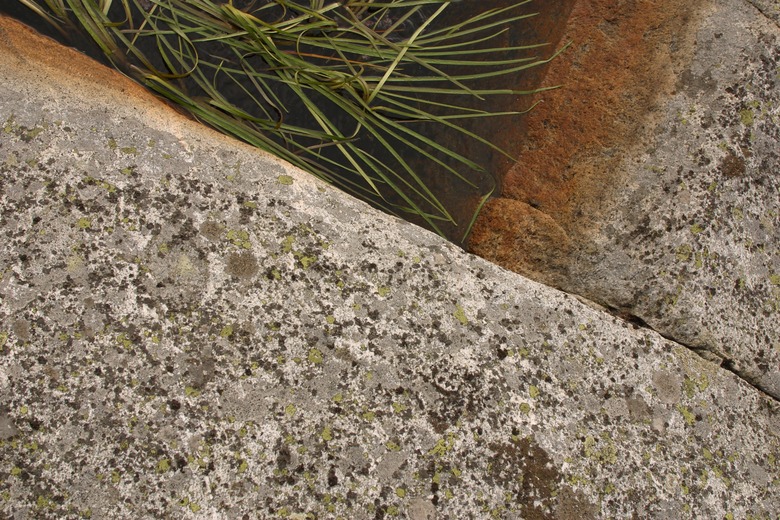How Thick Does Concrete Need To Be To Hold Up Weight?
Structural concrete work is planned to bear loads, or hold weight, but transfer the weight to the soil base beneath the structure. The thickness of concrete is an important factor in load-bearing strength, but to conserve resources and avoid over-building, other factors are also taken into consideration. Standards are set for minimum thickness of concrete, according to the use of the structure, with additional thickness applied strategically.
Concrete Strength
Concrete Strength
Concrete has inherent compressive strength — resistance to forces pushing on it. Concrete mixes are designed to a specified compressive strength, expressed as pounds per square inch (psi). Concrete for household works, such as driveways or floors, is typically in the range of 1,800 psi to 4,000 psi for compressive strength. The concrete mix is one part of the quality of the work, but additional factors also contribute to structural strength.
Concrete Thickness
Concrete Thickness
The thickness of the concrete is related to its performance. Soil is part of the support system for concrete structures; the weight bearing on the concrete is transferred to the soil. The subgrade has to give uniform support to the concrete, or it may bend, causing it to crack. Thicker concrete can handle more weight and, where it's supported by soil, is better able to bridge over gaps left by soil settlement, and resist bending.
Concrete Thickness Design
Concrete Thickness Design
Concrete is stronger when it's thicker, but resources are wasted if the thickness exceeds what's necessary for the structure's performance. Minimum thicknesses are set for standard concrete construction, but calculations are also based on the bearing capacity of the soil, and the heaviest concentrated load the concrete will carry. When the load will be applied to the edges of the slab, the perimeter is thickened, or a grade beam is used to support the edge.
Concrete Thickness
Concrete Thickness
For flatwork, such as slabs-on-grade and driveways, a minimum thickness of four inches is required, but increasing the thickness to five inches can add nearly 50 percent to the load-bearing capacity. Thickening the structure along the perimeter by another will serve as an integral footing, adding strength where the loads are heaviest. When the soils are poor, or subject to freeze-thaw activity, and the expected loads are heavy, the perimeter thickness is designed accordingly, to increase the strength.
